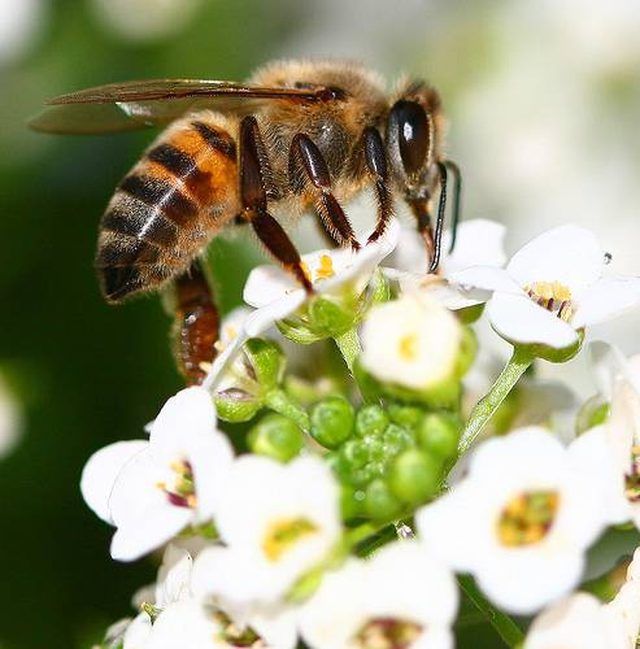Bulbs
Flower Basics
Flower Beds & Specialty Gardens
Flower Garden
Garden Furniture
Garden Gnomes
Garden Seeds
Garden Sheds
Garden Statues
Garden Tools & Supplies
Gardening Basics
Green & Organic
Groundcovers & Vines
Growing Annuals
Growing Basil
Growing Beans
Growing Berries
Growing Blueberries
Growing Cactus
Growing Corn
Growing Cotton
Growing Edibles
Growing Flowers
Growing Garlic
Growing Grapes
Growing Grass
Growing Herbs
Growing Jasmine
Growing Mint
Growing Mushrooms
Orchids
Growing Peanuts
Growing Perennials
Growing Plants
Growing Rosemary
Growing Roses
Growing Strawberries
Growing Sunflowers
Growing Thyme
Growing Tomatoes
Growing Tulips
Growing Vegetables
Herb Basics
Herb Garden
Indoor Growing
Landscaping Basics
Landscaping Patios
Landscaping Plants
Landscaping Shrubs
Landscaping Trees
Landscaping Walks & Pathways
Lawn Basics
Lawn Maintenance
Lawn Mowers
Lawn Ornaments
Lawn Planting
Lawn Tools
Outdoor Growing
Overall Landscape Planning
Pests, Weeds & Problems
Plant Basics
Rock Garden
Rose Garden
Shrubs
Soil
Specialty Gardens
Trees
Vegetable Garden
Yard Maintenance
How to Control Bees
How to Control Bees. Bees can occasionally nest in areas inconvenient to humans--attics walls or a backyard. Though most bees will not attack unless aggravated, the more aggressive African Bee has caused bee control to become more of a priority. Determining the type of insects as well as location are key when controlling bees.

Bees can occasionally nest in areas inconvenient to humans--attics walls or a backyard. Though most bees will not attack unless aggravated, the more aggressive African Bee has caused bee control to become more of a priority. Determining the type of insects as well as location are key when controlling bees.
Things You'll Need
Insecticide (aerosol and/or dust)
Soap
Water
Bucket
Gloves
Mask
Rake
Caulk
Caulk gun
Identify the insect. Determine if the insect is a wasp or a bee. A bee is plumper and has a more round body, while a wasp is long and thin. Wasps will show interest in garbage and food, while bees' interests are flowers and plants. Decide if the bee's nest is truly a nuisance to the area.
Control a concealed nest by applying a small amount of insecticide dust to the nest. Make sure the dust is safe to use in a home environment. If unable to reach the nest, drill a small opening into the wall. Most dust kits come with an applicator or tube to distribute the chemical. Wear a mask so as not to inhale the insecticide.
Determine if all bees have died. Using insecticide can force bees who are in a concealed environment into an enclosed portion---such as inside a home or building. Once all the insects have been removed, caulk the area closed so future nests cannot be built. Winter months are best to treat areas where bees colonize.
Pour a mixture of soap and water into the entrance of a ground nest. The solution can be made of laundry and dish soap. Use insecticide if the bees continue to be a nuisance. Make sure the chemical is safe to use on outdoor soil and grass. Once complete, cover the entrance with soil.
Eradicating an exposed bee's nest should only be performed if the colony is near human activity, and the bees are showing aggression. Spray a ready-to-use wasp and hornet insecticide over the entrance. Check the following day to see if any bees have survived. Spray again if live bees are seen. Remove the dead bees, nest and honeycomb. Seal any areas to prevent further nesting.
Tips & Warnings
Not all bee colonies and nests need to be removed. Only remove if they are near areas of human activity and show aggression.
If a bee comes near you stay calm. Swatting the bee or moving fast can cause further aggression.
Call a professional exterminator if assistance is necessary.